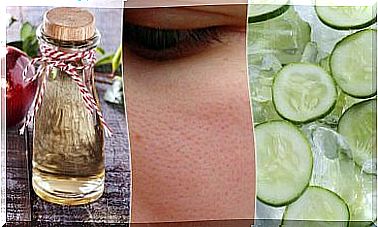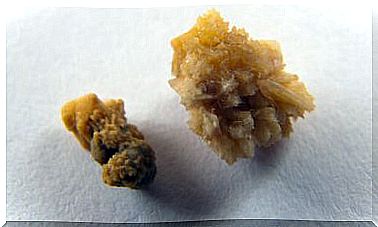Celiac Disease In Children And Teens

Celiac disease is what we all know as a “gluten intolerance.” It often affects children and teenagers. Unfortunately, celiac disease is a common digestive disorder. Estimates indicate that it is present in much of the world’s population, although many are unaware of it. Let’s take a look at how celiac disease manifests itself in children and teenagers.
However, the prevalence in children and teenagers is higher than in adults. Nearly 1 in 70 children is gluten intolerant. It is a pathology with a large genetic component, so carriers of certain genes are at greater risk for it.
At the moment much of our diet revolves around grains and the amount of gluten in our food is significant. That’s why in today’s article we explain everything you need to know about celiac disease, especially when it comes to children and teenagers.
What exactly is celiac disease?

Celiac disease is a condition in which an autoimmune reaction to gluten occurs. Thus, the immune system reacts to this group of proteins and causes a series of changes in the digestive system.
Several studies show that celiac disease has an important genetic component. This means that people with certain genes are at a higher risk of gluten intolerance.
However, the disease does not always develop, even though someone has the corresponding genes. However, certain diseases increase the risk of developing celiac disease. An example of this is diabetes mellitus.
What happens with this disease?
People with celiac disease have an immune response in their digestive system when they consume gluten. When a person eats a serving of food containing gluten, an immune response leads to inflammation of the intestinal lining.
The intestinal mucosal barrier allows us to absorb the necessary nutrients to keep us healthy. However, when this mucous membrane changes, the intestine cannot receive all the nutrients. Therefore, celiac disease causes malabsorption syndrome.
However, those who suffer from celiac disease can avoid symptoms or complications if they follow a strict gluten-free diet. If a doctor detects it in time and you avoid gluten consumption, your intestinal mucosa will gradually regenerate.
Celiac Disease in Children and Teens

Celiac disease can occur at any time in life. The symptoms vary from person to person. As we mentioned above, the damage caused in the intestinal mucosa is reversible if detected early.
So when it comes to children and teens, you need to be aware of the symptoms. For example, it can help you plan a good diet and help prevent possible future complications.
- For example, very young children often exhibit diarrhea and constant flatulence. They also tend to grow little, especially once they start eating solid foods that contain gluten.
- Older children and teens usually exhibit symptoms such as abdominal pain, vomiting, and constipation. They are also children who are often too small for their age.
These children may also have skin rashes and anemia. All this happens because the body does not absorb all the nutrients it needs to develop properly.
How is Celiac Disease in Children and Teens Diagnosed?
Often children and teenagers have no obvious symptoms or they go unnoticed. However, we know that genetics is a determining factor in celiac disease. So if you or your partner have celiac disease, you should see a doctor so they can examine your child.
There are several tests to detect celiac disease. First of all, there is a blood test in which one looks for antibodies for this pathology. In some cases, if the result is positive, the doctor will perform a small bowel biopsy.
This test consists of inserting a small probe into the intestine, through the mouth. There they take a small sample and analyze it in a lab.
Conclusion
Celiac disease in children and teenagers, like other sensitivities and allergies, manifests itself with certain symptoms. So, if you think your child has it, see a doctor. That way, they can run the tests and advise you on healthy diet options.









